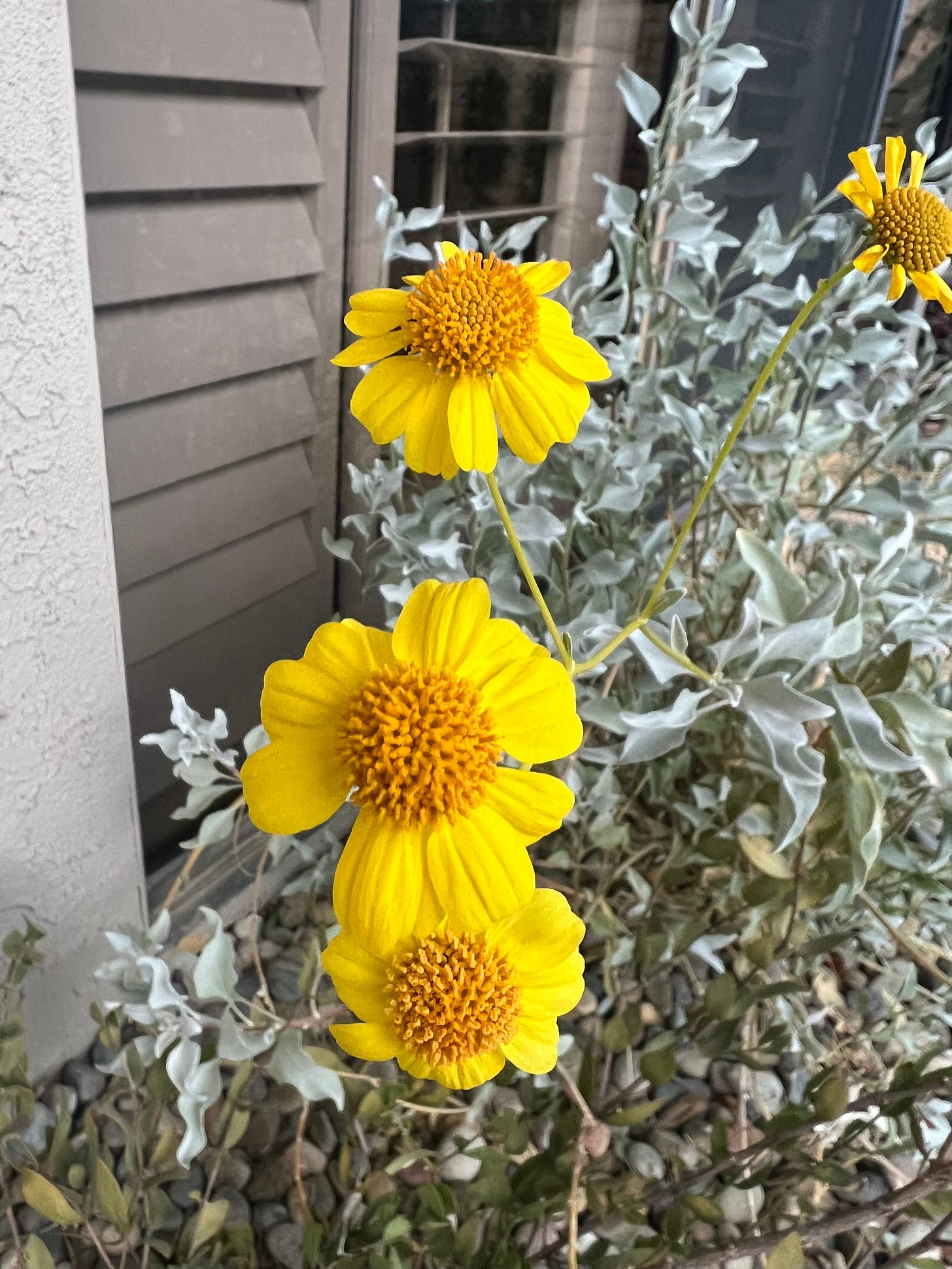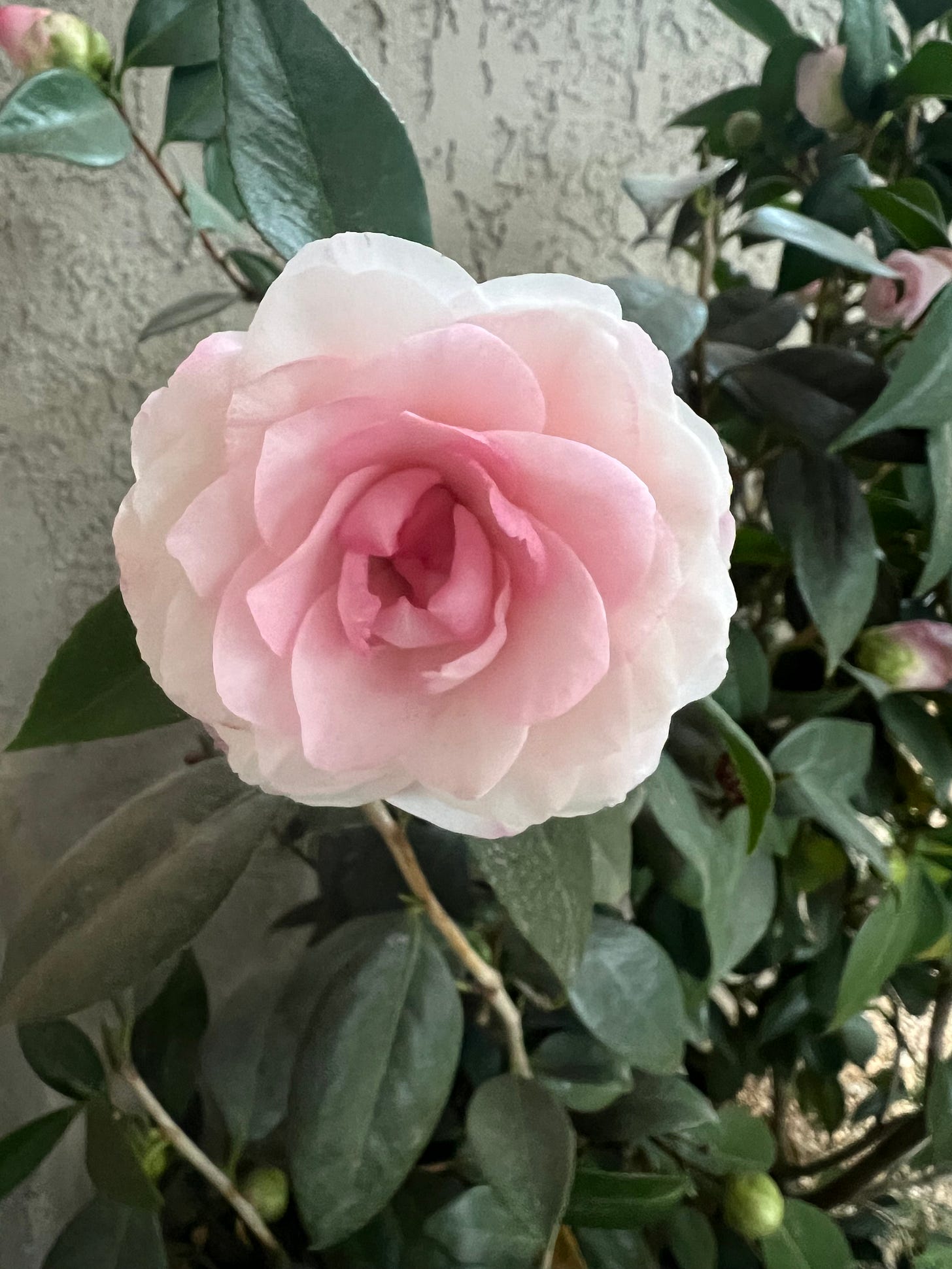Sometimes I worry that our efforts at Puddock Hill to encourage and promote native plants almost to the exclusion of all others may rest on a less solid foundation than I’d like to believe.
The intellectual underpinnings of what we’re doing derive from the work of entomologist Douglas Tallamy, and our inspiration comes from Mt. Cuba Center. But Tallamy only advocates for 70-90 percent natives in the garden, as supported by a study by one of his graduate students in 2018 (not that 100 percent would bother him, I imagine). And while Mt. Cuba’s garden beds might exclusively contain native plants, that organization has different imperatives (and, needless to say, far more resources) than the backyard gardener. They are demonstrating what can be done and how beautiful it can be, not what must be done on every speck of land.
Gardening—even decidedly native gardening—should not be a purity test. Yet having committed to a certain approach, I do find it hard to resist the impulse to go all in.
The definition of native plants is itself squirrelly. Something imported from Asia is pretty evidently not native to North America, but what about something from Mexico, which shares a continent with us, or from a someplace just two states away?
Some people claim black locust trees (Robinia pseudoacacia) are invasive because they are aggressive competitors. But they’re native in much of the East; they evolved here before humans arrived.
Thus, one sees on the internet many arguments over how to define native plants. In one corner we see persnickety folks who rely on certain reference books to determine what is native in their state, and on the other extreme we have people who want to follow their whims while still receiving a pat on the head from the powers that be. As is so often the case, neither of these extremes likely leads us along a sustainable path. Native plants, no matter how difficult to define around the margins, do critically support the local ecology. But the occasional non-native plant won’t kill anyone either.
I lay no claim to having all the answers to the native conundrum. In fact, at times I’ve come to doubt my own pursuit of native purity. For example, I have found it nigh impossible to garden exclusively with native plants in our small yard in the low desert of the Southwest and still have anything that resembles a garden. On the other side of the country, at Puddock Hill in the Piedmont, it can be challenging to find native plants that reliably fend off harmful invasives—and even harder to find plants deer won’t eat.
In the latter case, for instance, I have advocated over the years for a native shrub called bottlebrush buckeye (Aesculus parviflora). Deer don’t touch it (except to rub, which is a whole other story); pollinators love it; and the plant forms a lush screen in partial shade. I installed a row of bottlebrush buckeye long before we erected our deer fence, and it has thrived. So when someone in a Facebook group dedicated to Pennsylvania natives was asking for partial shade recommendations, I replied by suggesting this plant. Oops. That soon led to a slap on the wrist from the group admin.
Wait—what? I looked it up, and, sure enough, while the plant’s overall distribution does include Pennsylvania, its native distribution turns out to run farther south.
Do I stand corrected? Well, maybe. I wasn’t going to get into an argument on social media, which always makes me feel icky, but I’m tempted to challenge this line of thinking on several fronts.
First, nature doesn’t do states; they are an artificial construct. There are plants and animals native to western Pennsylvania (the Appalachian Highlands physiographic province), for example, that would never show up in my neck of the woods (the Atlantic Plains physiographic province). And even within the same physiographic province—say coastal California versus that state’s Sierra Nevada mountains—there are dozens if not hundreds (perhaps thousands!) of microclimates with their own native populations that might never naturally migrate to another part of the state. For convenience, we sometimes use state lines to describe the natural world, but to say a species is native to one state versus another is at best to imperfectly describe ecology.
Second, with my own eyes I have seen native butterflies such as Eastern tiger swallowtails and skippers frequenting the flowers of these shrubs at Puddock Hill. Luna moths, imperial moths, Polyphemus moths and others are said to be attracted to bottlebrush buckeye in its native range, and those moths are also native to Pennsylvania. Where is the harm in feeding them?
Third, climate change is driving species toward the poles. It is therefore prudent to introduce at least some plants that are native south of us (in the northern hemisphere) in hopes they will support arthropods and birds whose range is undergoing rapid change by evolutionary standards—too rapid to likely survive without our help.
Finally, even without the catastrophe of climate change and habitat destruction that we have imposed on the natural world, over millennia species have shifted geographically for various reasons. Nature is not static. Our definitions of native species should therefore not rest solely on snapshots in time that happen to coincide with recent observations.
Do I say any of this with absolute confidence? No. But—to quote one of our earliest naturalists—“a foolish consistency is the hobgoblin of small minds.” We must open our minds rather than berate ourselves (or, worse, our fellow gardeners) for not hewing to the party line.
We garden in a world that has always been in flux. Now, due to human activity, the rules have changed. It’s probably a good idea to show some flexibility and some humility.
Native brittlebush (Encelia farinosa) blooms in the desert garden:
A perfect camellia flower, blooming in a shady corner, shows why the English brought them from Asia to Europe and subsequently to America in 1798:




